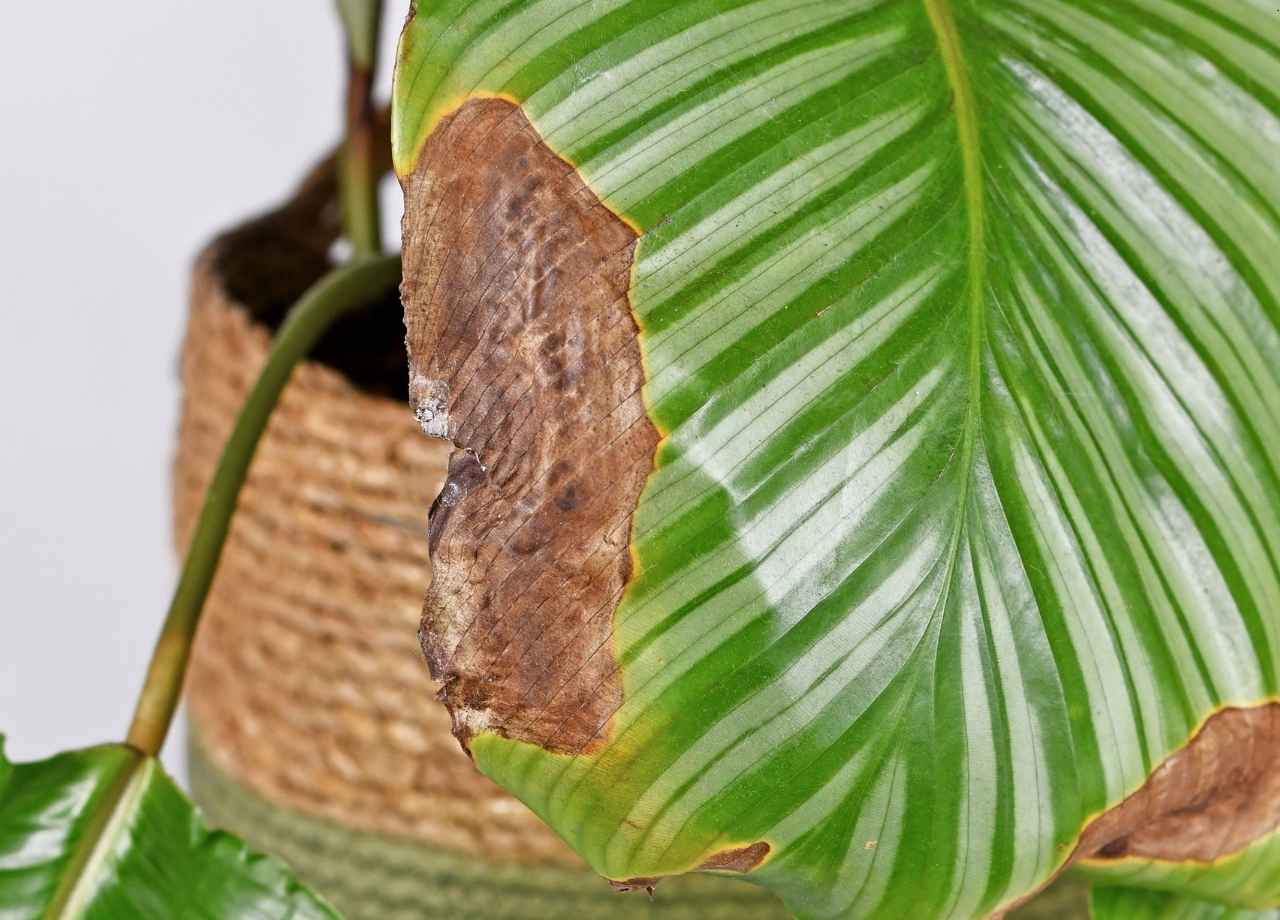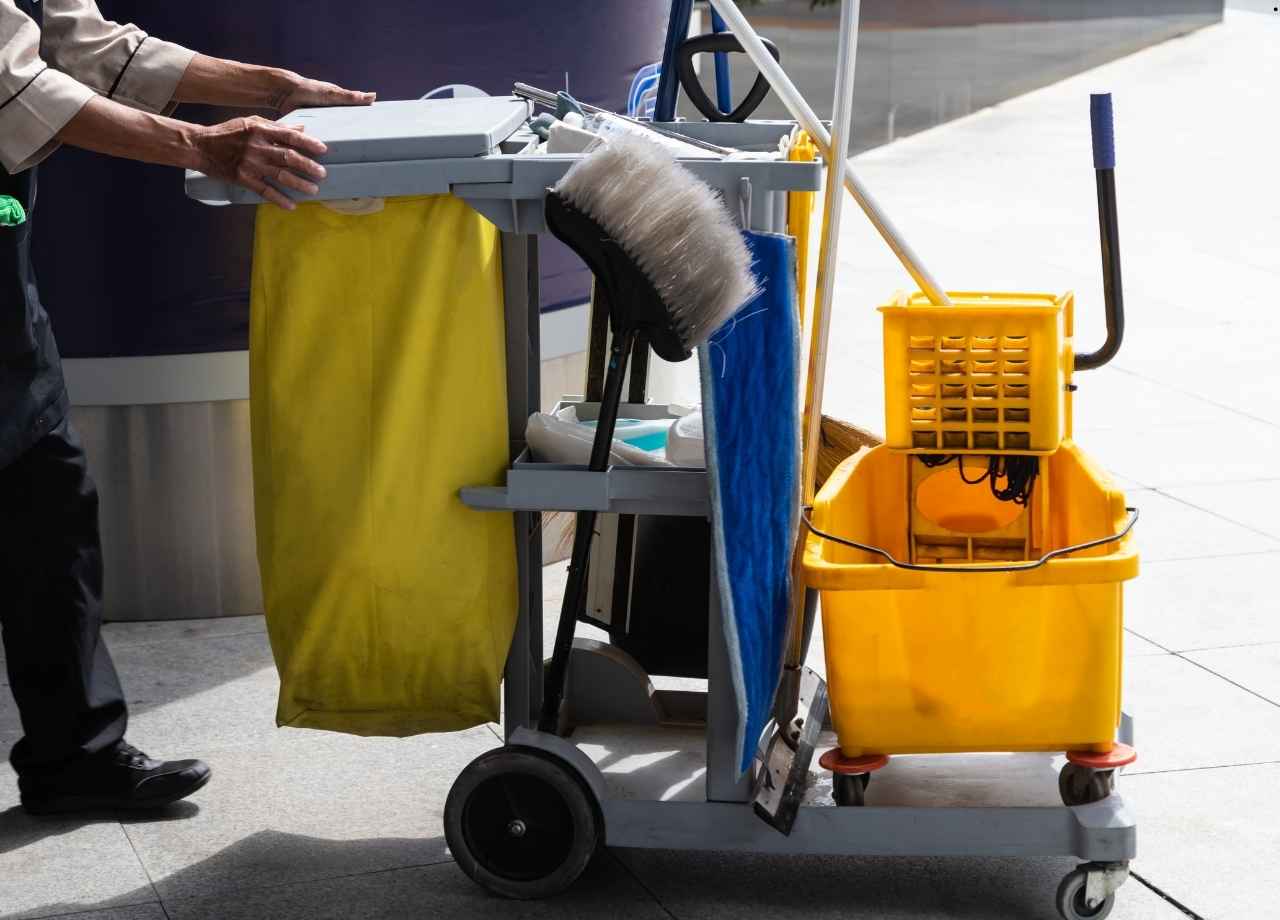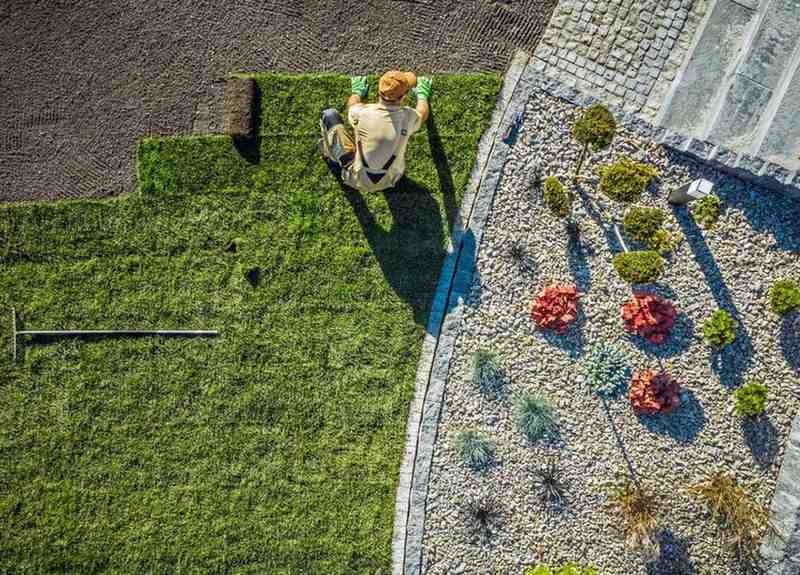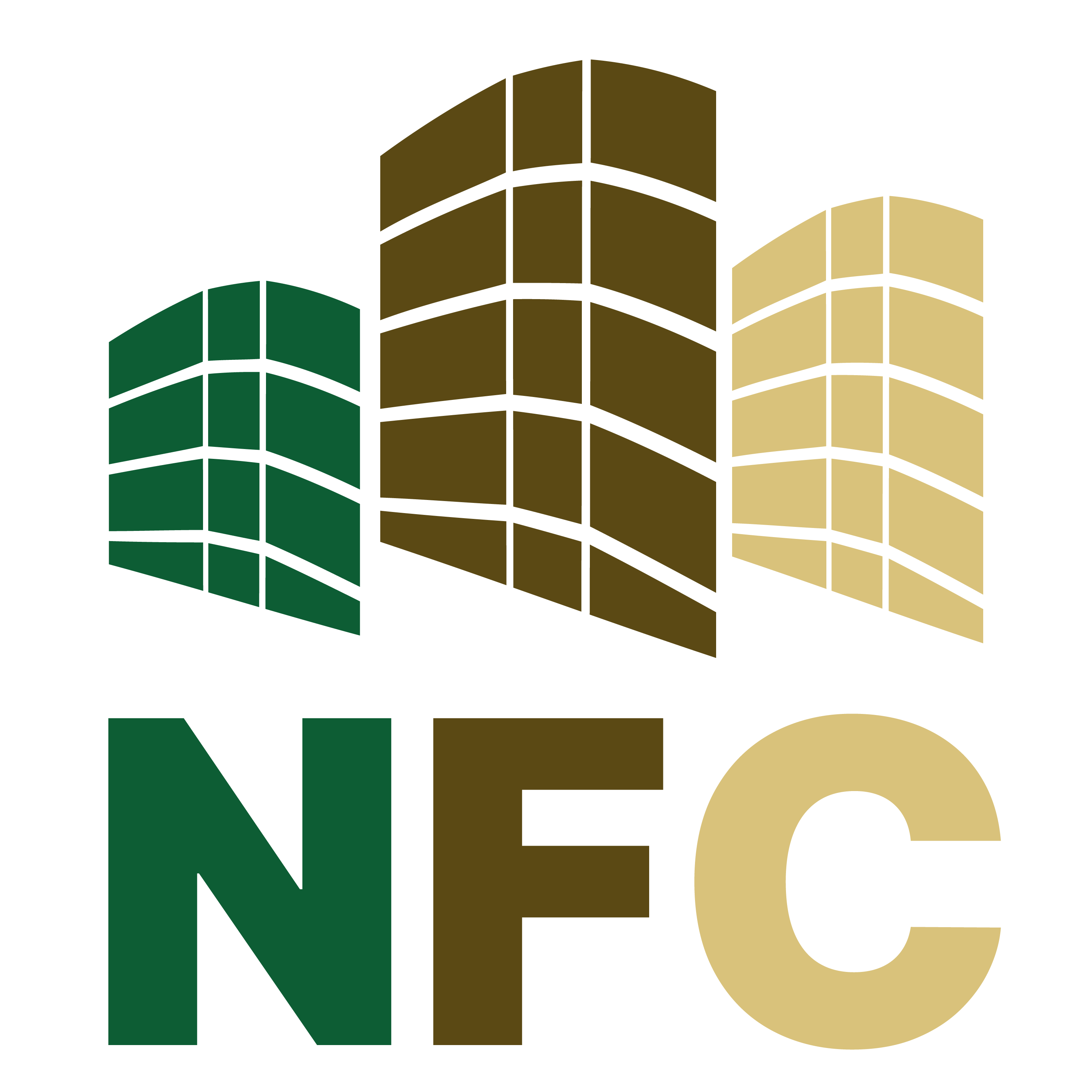Commercial Facility – Overwatering Warning Signs & Solutions
Shrubs along the building’s edge looked yellow, almost sickly. The maintenance team kept fertilizing them, assuming the problem was nutrient-related. Weeks passed, and they got worse. The issue wasn’t visible pests or poor soil—it was too much water. This problem happens more often than people think, especially in commercial properties with automated systems.
Overwatering doesn’t just hurt the plants—it wastes money, damages infrastructure, and contributes to slip hazards. Grass that looks lush may actually be drowning at the roots, leaving it vulnerable to disease and shallow root growth. In commercial facilities, these signs often go unnoticed until repair becomes a larger expense than prevention.
Spongy Soil and Standing Water
Walking across a lawn shouldn’t feel like stepping on a soaked sponge. Waterlogged turf isn’t just unsightly—it’s a red flag. If the soil gives too much underfoot or water lingers more than a day after rain, it’s time to check the irrigation schedule. Many commercial systems still run on timers instead of sensors, leading to overwatering during rainy periods or cooler months when evaporation slows.
Saturated soil can suffocate plant roots, block oxygen exchange, and cause root rot. Parking lot islands and lawn medians are especially vulnerable since they often have poor drainage by design. If water is pooling near walkways or entrances, it can also create liability risks for slips and falls.
Moss, Fungus, and Uninvited Guests
Moss taking over shaded lawn patches is a subtle signal. It thrives where grass struggles—cool, damp spots with too much water and not enough sun. Once moss appears, it usually spreads fast, especially in corners near buildings or behind signage where airflow is limited.
Mushrooms are another giveaway. Their presence suggests organic material breaking down underground, often due to excessive moisture. They pop up in mulched beds or under trees and can alarm property managers because they hint at more serious decay. This can also attract insects or rodents that feed on rotting roots or grubs, triggering pest control calls that might be avoided with better water management.
Wilting Plants and Yellowing Leaves
It sounds backward, but overwatered plants can wilt just like underwatered ones. The difference lies in the feel of the soil and the condition of the roots. Wilting despite moist soil is a strong indicator of root stress. With too much water, roots begin to rot and lose their ability to absorb nutrients.
Yellowing leaves, particularly on the lower parts of shrubs or small trees, often come next. Chlorosis—the yellowing caused by nutrient deficiency—can result when saturated roots can’t draw in essential minerals. Property staff might try correcting the color with fertilizers, but until watering is addressed, the yellow will return.
Cracked Pavement and Erosion
Hardscaping tells the truth. Over time, consistent overwatering can seep into the subgrade below sidewalks, pavers, and curbs. Water loosens the soil structure, causing minor shifts and eventual cracks. If water is running off beds and pooling along the edge of a walkway, it might be silently eroding support under the concrete.
Erosion may start subtly—just a patch of mulch that washes out with each rain. Eventually, this undermines edging, exposes roots, and damages infrastructure. Catching it early saves major rework later.
Automated Systems Running at the Wrong Time
One of the easiest ways to detect overwatering is by watching irrigation timing. Sprinklers going off mid-day or after rain are a sign the system hasn’t been adjusted for seasons or weather patterns. In commercial properties, this typically happens when irrigation is outsourced and maintenance crews are too stretched to manually check every valve or controller.
Runoff into storm drains is another obvious clue. Water should be absorbed, not spilling over curbs or gushing into drains within minutes of watering. This runoff can carry chemicals into public systems, triggering environmental violations in some jurisdictions.
Adjustments That Actually Work
Smart controllers with soil moisture sensors can dramatically reduce unnecessary watering. These systems measure the actual moisture levels underground and only run when needed. Some versions also tie into local weather data, skipping watering cycles during rain or cooler periods.
For properties without the budget to overhaul irrigation, even minor schedule tweaks make a difference. Watering early in the morning helps limit evaporation, especially during warmer months. Checking for leaks or broken sprinkler heads should be part of any weekly or bi-weekly maintenance routine. A single cracked line can dump gallons into one zone before anyone notices.
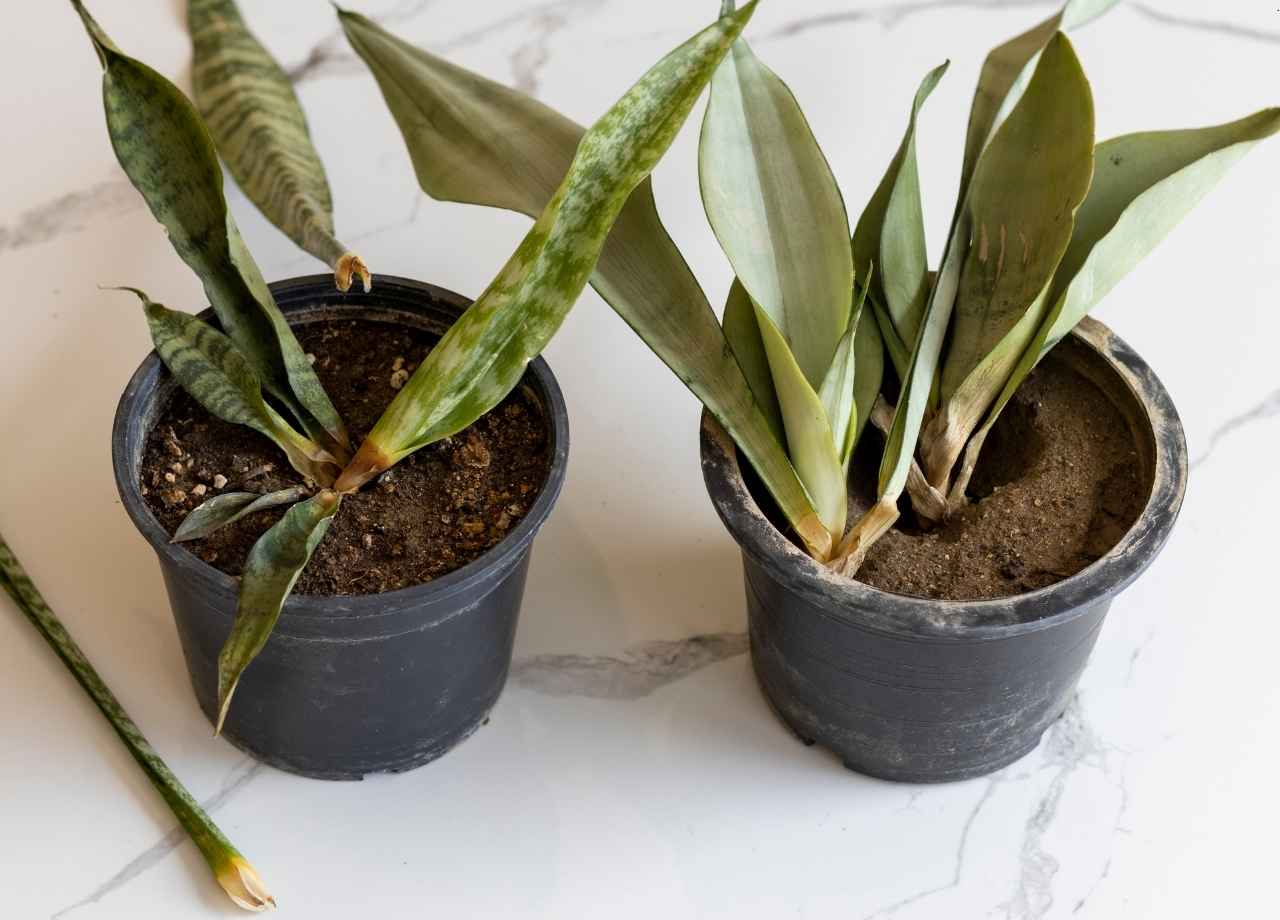
Landscaping crews should also be trained to recognize signs of overwatering. Many still operate with a “more is better” mentality. Empowering crews to adjust watering based on observation instead of blindly following a fixed schedule can improve outcomes.
Use the Right Plants for the Space
Some overwatering problems start with poor plant selection. Installing water-loving plants in low-drainage areas guarantees long-term issues. Swapping in native or drought-tolerant plants reduces water needs and often makes maintenance easier. These species are typically more resistant to local pests and diseases, and they thrive without daily watering.
Beds near buildings, where runoff from roofs adds moisture, should contain plants that tolerate occasional saturation. Conversely, raised beds or areas in full sun may require more frequent irrigation—but only in short, controlled bursts.
Mulching and Drainage Fixes
Mulch helps maintain soil moisture, but too much can cause problems. Piling it against the base of plants traps moisture, leading to fungal growth and rot. It’s better to spread a thinner layer and leave space around stems and trunks.
For problem zones where water regularly collects, French drains or dry creek beds can redirect flow without major excavation. Installing catch basins in low-lying turf also helps manage excess water without replacing the entire system.
When Overwatering Costs More Than Repairs
Overwatering can increase utility bills without improving plant health. Leaks and poorly calibrated systems may be adding thousands of gallons per month to a facility’s water usage. When combined with damage to pavement, signage, or structures, the total cost quickly adds up.
Insurance claims related to slip hazards or building damage tied to irrigation are not uncommon. Adjusters often trace the issue back to long-term drainage or overwatering problems that could have been managed earlier.
Real-World Fix: Office Park in Texas
At a mid-sized office park in Dallas, maintenance staff noticed turf yellowing in areas that received the most irrigation. The contractor initially recommended fertilizer, but nothing changed. Eventually, a soil moisture audit revealed these zones were being watered twice daily due to a programming error. Adjustments were made, and within two weeks, the grass started recovering. That simple fix also cut the monthly water bill by 18%.
Your Partner in Smarter Irrigation
This is exactly the kind of preventable issue National Facility Contractors helps property managers get ahead of—by identifying hidden inefficiencies, correcting irrigation schedules, and reducing both long-term costs and landscape damage.
Conclusion
Subtle signs can signal bigger problems, and overwatering is often masked by good intentions. Taking time to read the property—through soil texture, plant color, and irrigation timing—can prevent unnecessary damage and cost. In commercial settings where appearances matter and liability is always on the radar, proactive water management isn’t optional. It’s maintenance done right.

